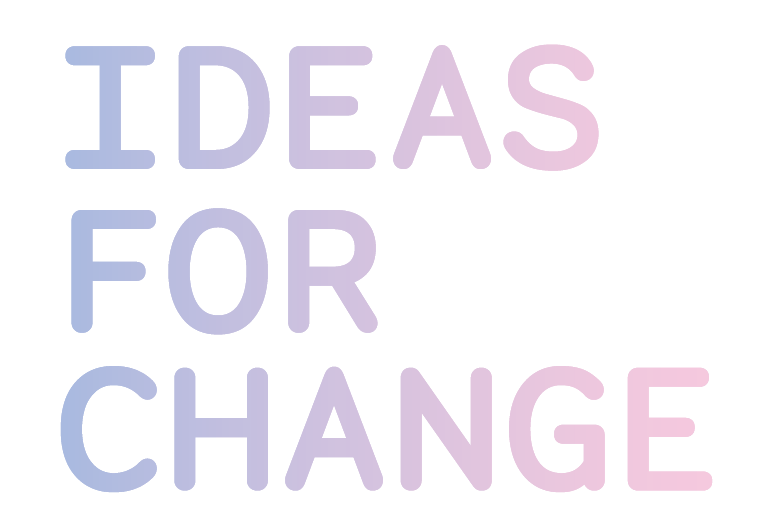When citizens lead the health and pollution research agenda
CitieS-Health / 2019-2021
Client:
The challenge:
Design and conduct participatory experiments to explore how environmental pollution is affecting the health of citizens of five European cities.
The impact we seek:
Contribute to the health agenda through citizen science.
The process:
CitieS-Health is a citizen science project on environmental and urban health. It develops initiatives of different types in five European cities (Barcelona, Kaunas, Ljubljana, Amsterdam and Lucca), to evaluate air pollution and urban noise, wood burning, urban design and mobility at the local level. Specifically, CitieS-Health studies the link between these exposures and their impacts on health. To do this, citizens participate in all phases of scientific studies: from the definition of research questions, to the design and implementation of studies, the analysis and interpretation and communication of the results. The projects make up the first open set of tools for the development and promotion of citizen science initiatives in environmental epidemiology. They also co-design a set of governance principles and procedures in order to allow participants to control project data and results, and contribute indicators to the evaluation of project impacts in different sectors. (H2020-Swafs-2018-19-824484)
In the Barcelona pilot, led by ISGlobal and Ideas For Change, the first step was to gather citizens' concerns about air pollution and health through a crowdsourcing effort through online surveys. These concerns helped us define the research question. The second step was to distribute a thousand strawberry plants, 100 in each of the 10 districts of the city, to map pollution in collaboration with the citizens of Barcelona.With the results of the health problems and the pollution map, we will develop the pilot study with the most affected communities willing to participate. The process is shared openly through the CitieS-Health website.

















